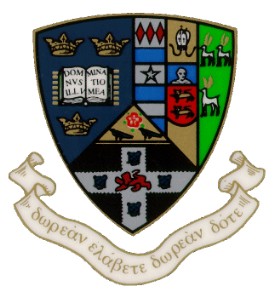| abstract |
Alzheimer's disease (AD) is one of the most common neurodegenerative disorders whose
prevalence is increasing each year. Alzheimer's is characterized by a progressive decline in
memory, cognition, and motor activities. The two hallmark pathophysiological symptoms of AD
are the formation of toxic amyloid beta (Aβ) plaques and neurofibrillary tangles (NFT's). As a
result, several treatments and trials have been conducted to minimize or remove the presence of
these harmful plaques and tangles, but success has been limited. A protein kinase C epsilon
(PKCε) activator known as DCP-LA has been used to stimulate neurologically beneficial
processes such as neurite outgrowth and synaptogenesis. In addition, through its interaction with
PKCε, DCP-LA may help to reduce the amount of hyperphosphorylated tau that results in
NFT's.
Resveratrol, a compound found in red wine and several foods, may also be beneficial in
mitigating some of the neurodegenerative processes seen in AD by stimulating the activation of
ADAM10, a metalloproteinase that may result in the decrease of harmful oligomeric Aβ plaques.
While several studies have been conducted on the potential beneficial effects of DCP-LA and
resveratrol independently, their effects when used in combination have not been fully
characterized. Thus, I propose a hypothetical set of experiments that would seek to identify the
possible synergistic or complementary effects of DCP-LA and resveratrol in mitigating the
cellular symptoms of cytotoxicity in an FAB model of Alzheimer's disease. The use of DCP-LA
and resveratrol in combination with each other may result in a more pronounced beneficial
cellular response to cytotoxicity.
|

